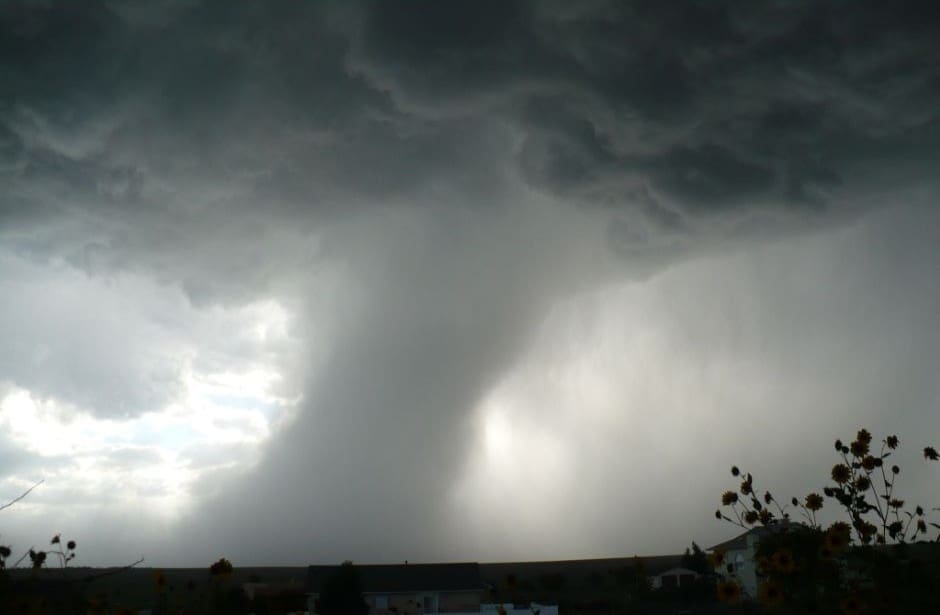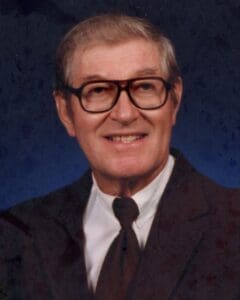On June 28 of last year, the National Weather Service confirmed a brief tornado had touched down east of Interstate 335 in Lyon County. Reports and photos supported the finding, though the twister—estimated at 30 feet wide and on the ground for 2.37 miles—caused no visible damage as it passed mostly over open land. Because no damage was found, the tornado was rated “EFU” on the Enhanced Fujita (EF) scale, with the “U” standing for “unknown.” EFU tornadoes are assigned when intensity can’t be measured due to a lack of damage, and they’re more common in plains and Midwest regions with fewer structures or trees.
Though the EFU rating existed before 2013, it wasn’t routinely used until 2016 and became part of Kansas tornado records starting in 2019. The EF scale itself evolved from the original Fujita Scale introduced in 1971 by Ted Fujita and updated in 2007. The scale rates tornadoes from EF0 (65–85 mph winds) to EF5 (over 200 mph).
In 2024, Kansas recorded 29 EFU tornadoes, the most of any rating. The state’s only EF3 tornado that year struck Westmoreland on April 30, killing one woman and injuring three—marking Kansas’ first tornado fatality since 2012.













